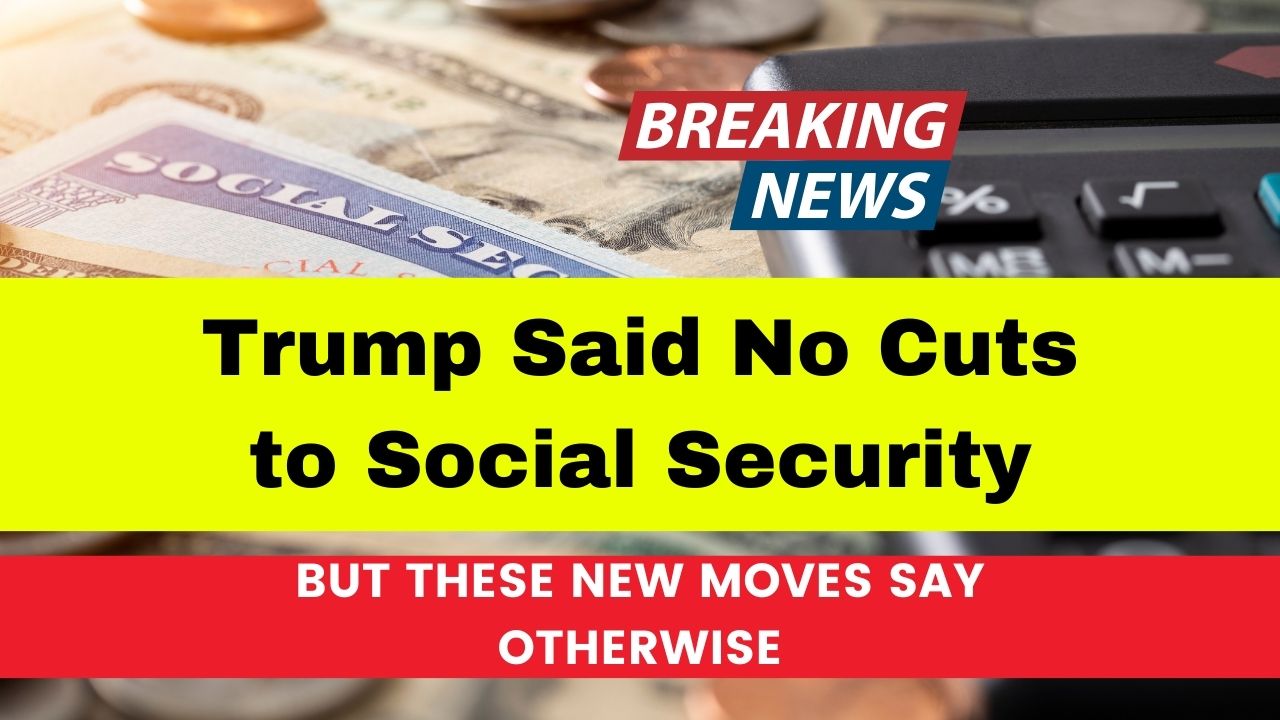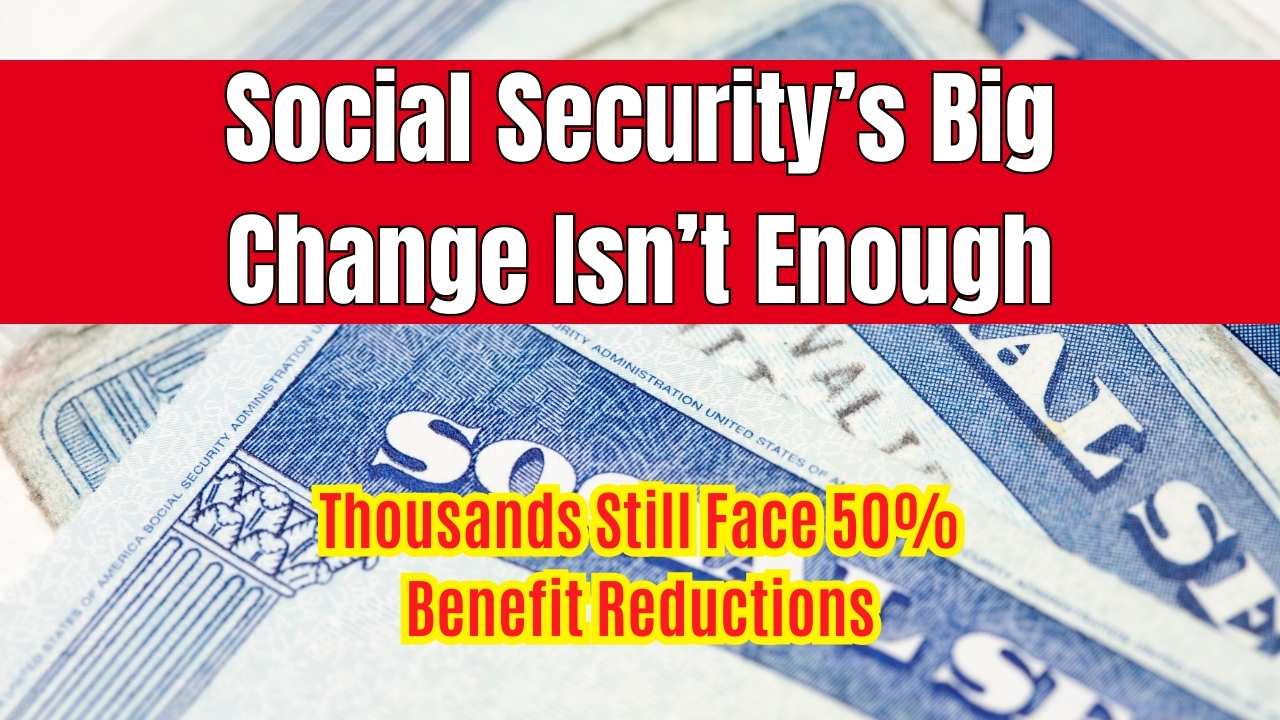
SSI Payments Up to $1,450 Are Coming: If you’re one of the millions of Americans who receive Supplemental Security Income (SSI), you might be in for a surprise this May 2025: two payments instead of one. But before you start budgeting for a windfall, it’s important to understand why this is happening and how it affects your monthly finances. This shift in the SSI payment schedule isn’t a bonus or an error—it’s a standard adjustment made by the Social Security Administration (SSA) when the first of the month lands on a weekend or holiday. Here’s what you need to know to plan ahead confidently and avoid any confusion.
SSI Payments Up to $1,450 Are Coming
Receiving two SSI payments in May 2025 is part of the Social Security Administration’s routine scheduling process—not a mistake or a bonus. The second payment on May 30 simply ensures you receive your June benefit before the weekend. Understanding this schedule is vital to managing your monthly budget, planning for other benefits, and avoiding confusion or financial stress. By staying informed and using tools like direct deposit, budgeting apps, and SSA’s online services, you can take control of your benefits and make smarter financial decisions.
| Topic | Details |
|---|---|
| May 2025 SSI Payments | May 1 (Thursday) and May 30 (Friday) |
| Reason for Two Payments | June 1 falls on a Sunday; June’s payment is advanced to May 30 |
| Maximum SSI Benefit (2025) | $967 for individuals; $1,450 for eligible couples |
| SSI Eligibility Criteria | U.S. residency, low income/resources, age 65+ or disability |
| Other Federal Benefits Affected? | No direct change, but timing may impact coordination with SNAP or housing assistance |
| Link to Official SSA Calendar | SSA Payment Calendar (PDF) |
Why Are There Two SSI Payments in May 2025?
The SSI program, administered by the Social Security Administration, issues payments on the first of each month. When that date falls on a weekend or federal holiday, payments are sent out on the preceding business day. In this case:
- May 1, 2025 (Thursday): Regular SSI payment for May.
- May 30, 2025 (Friday): Advance payment for June since June 1 falls on a Sunday.
This is a standard and well-documented SSA practice. The second May payment is not an extra benefit—it’s simply June’s payment arriving early. Consequently, you won’t receive a separate payment in June.
2025 SSI Payment Amounts: How Much Will You Get?
For the calendar year 2025, the maximum monthly SSI federal payment amounts are as follows:
- $967 for an individual
- $1,450 for a married couple eligible for SSI
- $484 for an essential person (e.g., a caregiver in the household)
Keep in mind that your actual SSI benefit may be lower depending on income, living arrangements, and other sources of support. Some states also provide supplemental SSI benefits, which can increase your monthly payment.
Budgeting Tips for Double SSI Payments in One Month
Receiving two payments in a single month may feel like a bonus, but it’s crucial to budget responsibly, as you won’t receive your usual SSI check the following month.
Here are practical tips:
- Separate the Payments: Treat the May 30 payment as June’s income.
- Use Two Bank Accounts: Some recipients deposit SSI into a separate account for monthly use.
- Create a Budget Calendar: Map out expenses and align them with deposit dates.
- Plan for June Bills in Advance: Don’t spend both payments in May thinking another is coming in June.
How This May Impact Other Federal Benefits?
While the timing of SSI payments doesn’t change the amount of benefits like SNAP (Supplemental Nutrition Assistance Program) or Medicaid, early deposits can affect:
- SNAP recertification schedules
- Income reporting timelines
- Housing assistance eligibility periods
If you’re enrolled in multiple federal programs, talk to a caseworker to ensure your early SSI deposit doesn’t trigger a red flag or eligibility concern.
SSI vs SSDI: What’s the Difference?
While often confused, SSI and Social Security Disability Insurance (SSDI) are separate programs:
| Criteria | SSI | SSDI |
|---|---|---|
| Eligibility | Low income and assets | Work history and disability |
| Funding Source | General taxes | Payroll taxes (FICA) |
| Health Benefits | Medicaid | Medicare |
| Monthly Average (2025) | $967 (max) | ~$1,500 (average varies) |
How to Safely Monitor and Manage SSI Payments Up to $1,450 Are Coming?
To ensure you receive your payments safely and on time:
Set Up Direct Deposit
- Visit SSA.gov/myaccount to enroll or change direct deposit information securely.
- Avoid giving bank info over phone or email unless you’re speaking to verified SSA representatives.
Use the SSA Mobile App
- Check payment status
- Download benefit verification letters
- Update contact info
Sign Up for Alerts
- Many banks offer real-time deposit alerts.
- SSA doesn’t notify you in advance about exact payment deposit times.
Avoiding SSI Scams and Fraud
Scammers often target benefit recipients with fake calls or messages. Remember:
- The SSA will never call or text you asking for payment or personal info.
- Never share your Social Security number or bank account over the phone unless you initiate the call.
For Caregivers: What You Should Know
If you’re helping a loved one manage their SSI benefits:
- Check the payment schedule regularly.
- Coordinate with health care providers or housing services to ensure payments cover necessary expenses.
- Consider applying to become a representative payee through the SSA if managing the account is a long-term responsibility.
Frequently Asked Questions (FAQs)
Q: Is this second May payment a bonus?
A: No. It’s an early payment for June’s benefit due to calendar scheduling.
Q: When is the next month with two SSI payments?
A: August and October 2025 also have two SSI payment dates due to similar calendar shifts.
Q: Will I get another payment in June?
A: No. The May 30 payment counts as June’s benefit.
Q: Does this affect my SSDI or retirement payments?
A: No. SSDI and Social Security retirement benefits follow a separate schedule based on your birth date.





